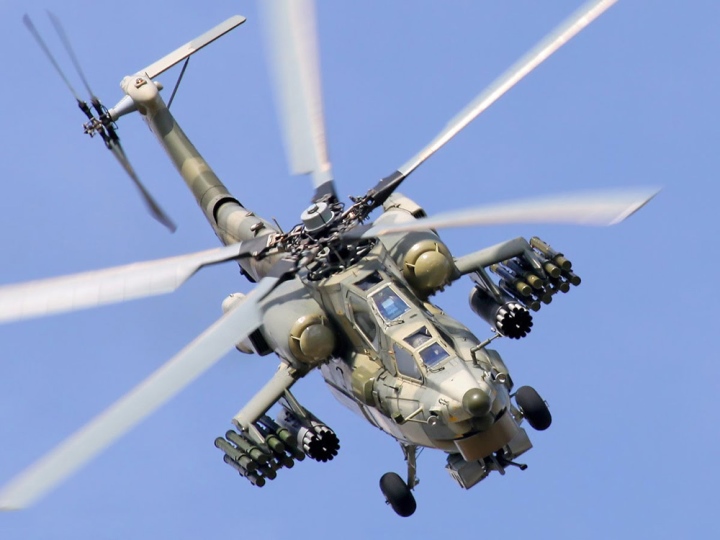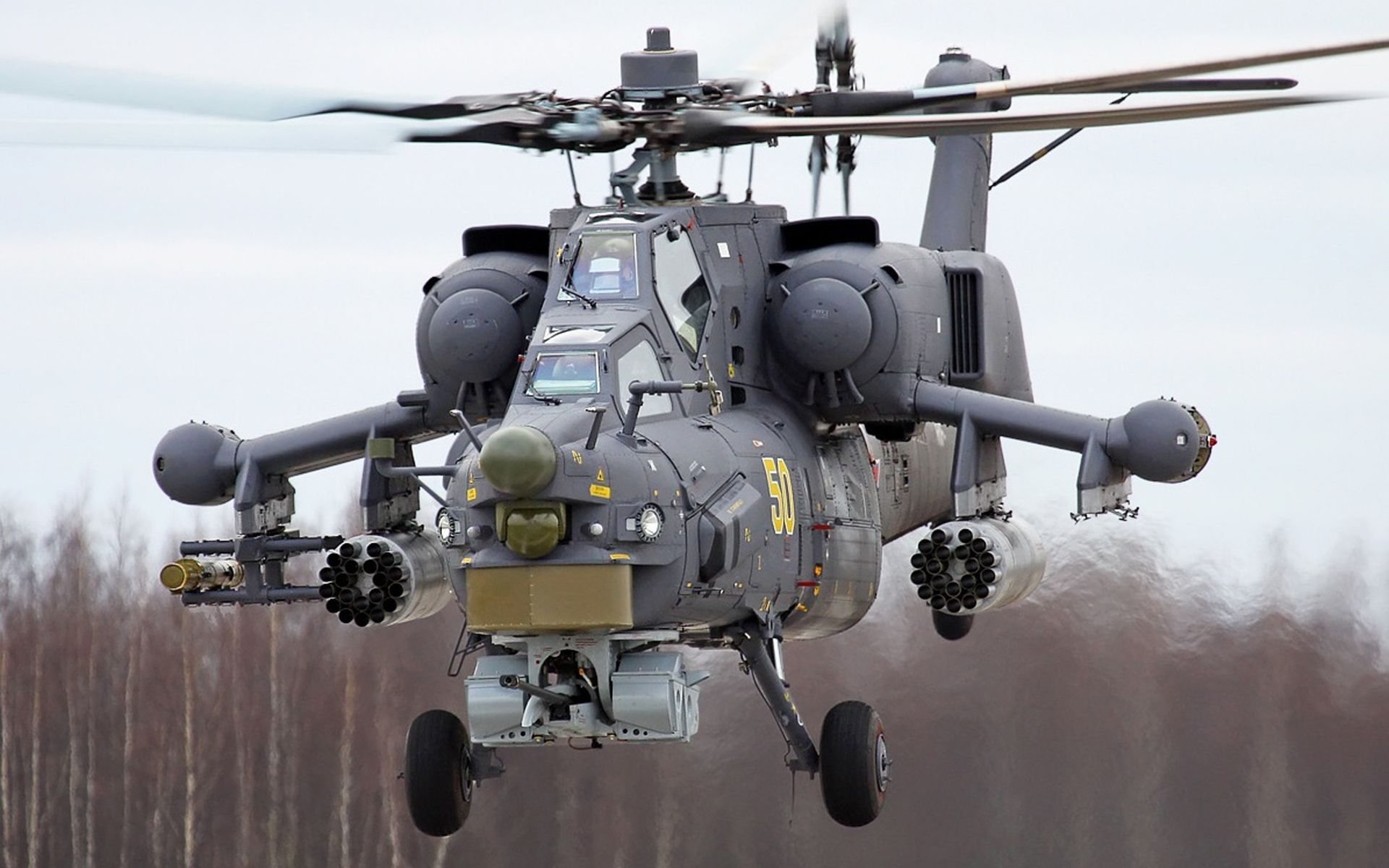In the world of modern military aviation, the Mi-28 Havoc stands as a testament to Russia’s prowess in designing formidable assault helicopters. Renowned for its lethal capabilities and rugged design, the Mi-28 has earned a reputation as one of the most fearsome predators in the sky. This cutting-edge helicopter embodies a perfect blend of advanced technology and battle-tested experience, making it a key asset in any modern battlefield.

A Beastly Design
The Mi-28, affectionately dubbed “Havoc” by NATO, is a twin-engine assault helicopter designed to strike fear into the hearts of adversaries. Its imposing appearance, characterized by a sleek, angular fuselage and a pair of powerful turboshaft engines, commands immediate respect. The Havoc’s distinctive nose houses a sophisticated targeting system, while its robust rotor system ensures exceptional maneuverability and stability.
One of the most striking features of the Mi-28 is its heavily armored cockpit, designed to withstand significant damage and protect the crew from enemy fire. This reinforced design enhances the helicopter’s survivability in intense combat scenarios, allowing it to operate effectively in hostile environments.

Power and Precision
At the heart of the Mi-28’s deadly arsenal is its powerful 30mm cannon, capable of delivering devastating firepower against both ground targets and enemy vehicles. The helicopter is also equipped with an array of guided missiles, including anti-tank and air-to-air varieties, enabling it to engage a wide range of threats with pinpoint accuracy.
The Mi-28’s targeting and fire control systems are state-of-the-art, integrating advanced radar and infrared sensors to provide superior targeting capabilities. This technology allows the Havoc to locate and engage targets with remarkable precision, even in adverse weather conditions or low-visibility environments.
Battlefield Performance
Since its introduction, the Mi-28 Havoc has proven itself in various conflicts around the world. Its effectiveness in combat is a result of its versatility and firepower. Whether it’s engaging enemy tanks, providing close air support to ground troops, or conducting reconnaissance missions, the Havoc excels in a wide range of roles.
The helicopter’s advanced avionics and electronic warfare systems further enhance its battlefield performance, allowing it to outmaneuver and outgun opponents. With its ability to operate day or night, and in any weather conditions, the Mi-28 Havoc is a true force multiplier on the modern battlefield.

Innovation and Evolution
The Mi-28 has undergone several upgrades since its initial deployment, incorporating the latest advancements in military technology. The Mi-28NM, an upgraded variant, features enhanced avionics, improved weapons systems, and greater operational range, ensuring it remains at the forefront of helicopter design.
These continuous improvements reflect Russia’s commitment to maintaining the Havoc’s status as a leading assault helicopter. The Mi-28NM’s enhanced capabilities make it an even more formidable opponent, capable of adapting to the evolving demands of modern warfare.
The Future of Havoc
As military technology continues to advance, the Mi-28 Havoc is poised to remain a crucial component of Russia’s aerial arsenal. Its combination of firepower, survivability, and technological sophistication ensures that it will continue to play a key role in future conflicts.
For military strategists and aviation enthusiasts alike, the Mi-28 Havoc represents a remarkable achievement in helicopter design. Its legacy as a powerful and reliable assault helicopter is well-deserved, and its future promises even greater innovations and advancements.
Conclusion
The Mi-28 Havoc stands as a testament to the ingenuity and expertise of Russian aerospace engineering. With its formidable firepower, advanced technology, and battle-tested performance, it remains one of the most effective assault helicopters in the world. As it continues to evolve and adapt, the Mi-28 Havoc will undoubtedly remain a key player in the realm of modern military aviation, ensuring that it continues to dominate the skies for years to come.





